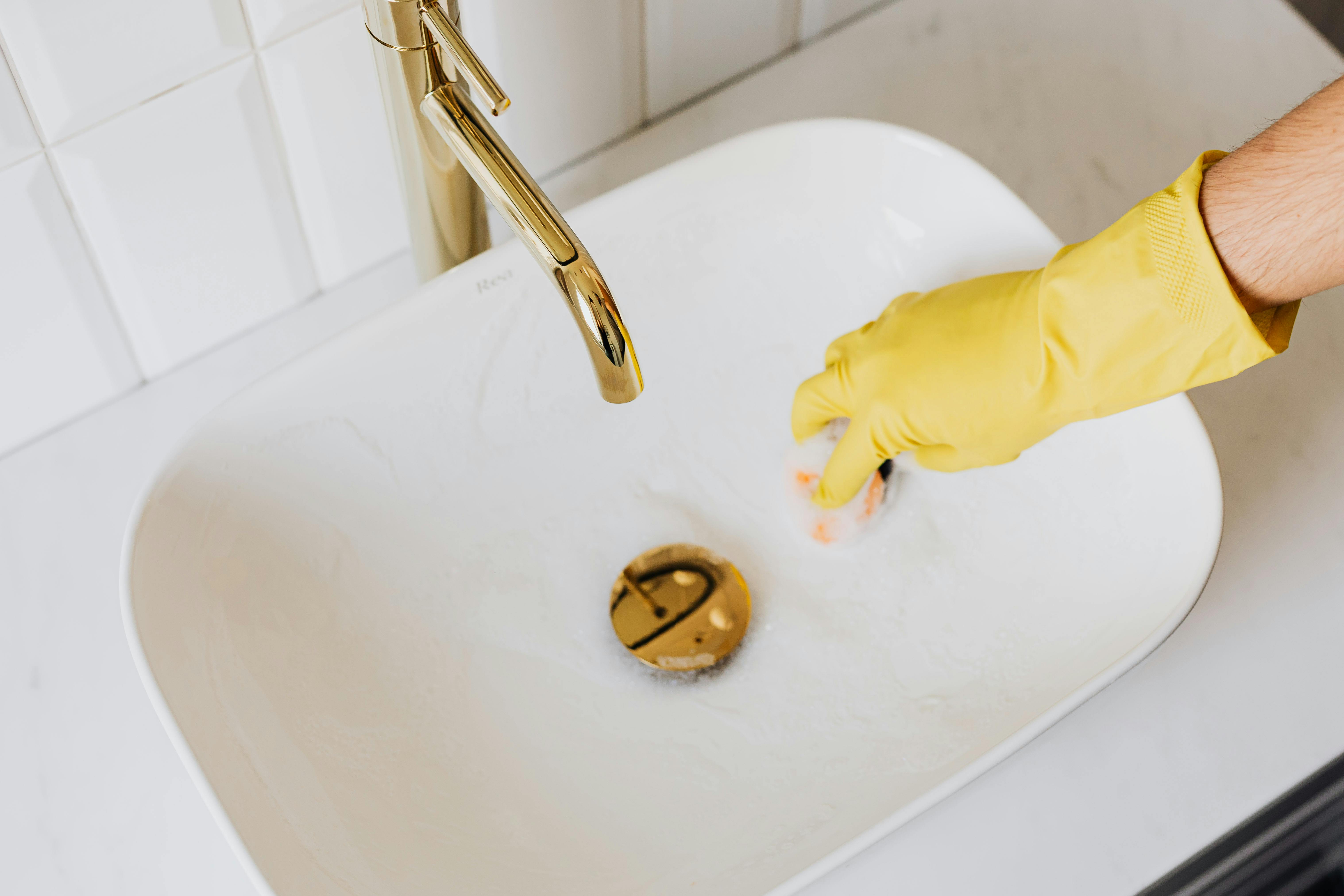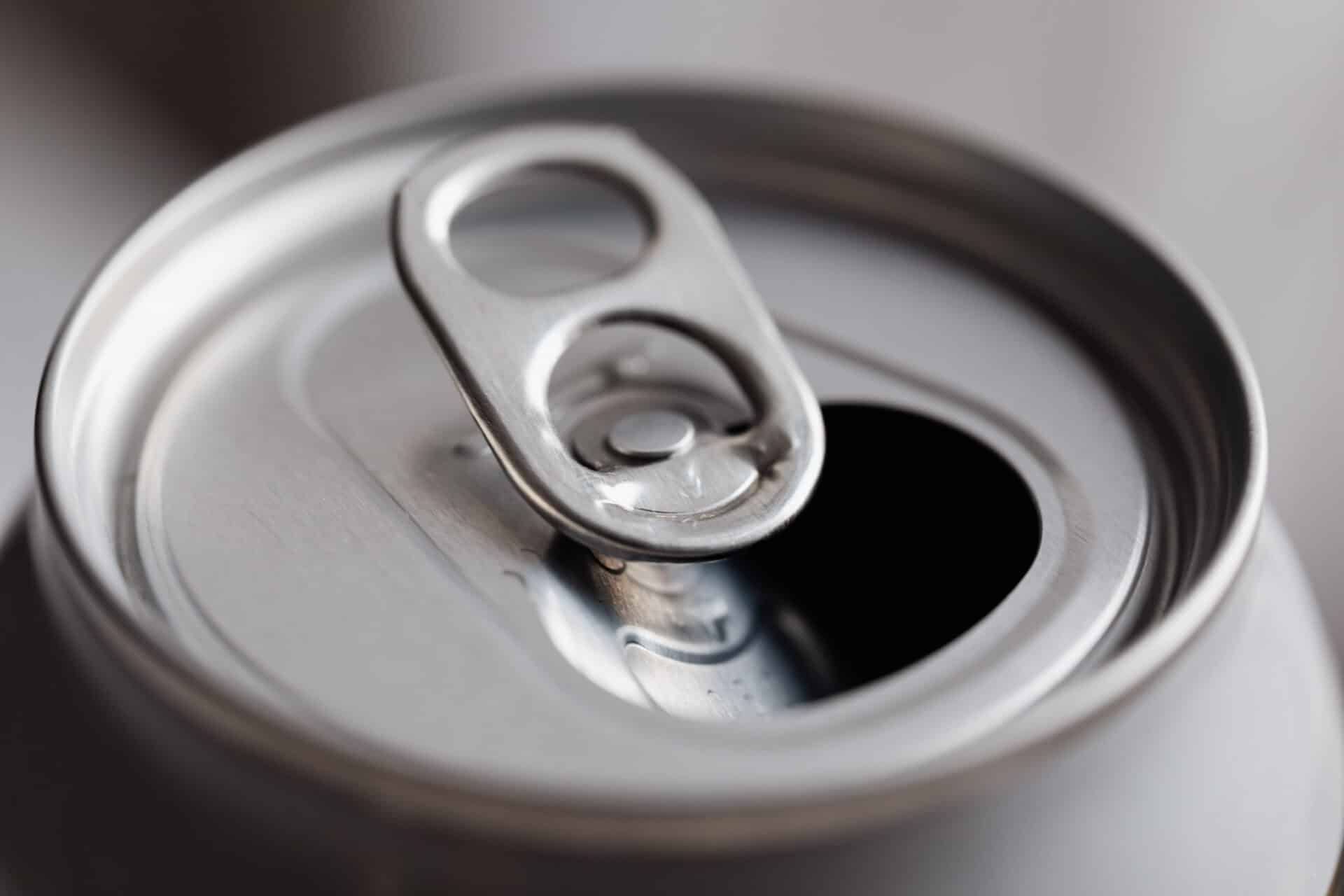Making distilled water from tap water is a simple process that requires minimal equipment. Distilled water is widely used for a variety of purposes, from drinking to laboratory experiments. It is important to note that distillation does not remove all contaminants from the water, but it will reduce the levels of most contaminants. With some basic tools and materials, you can easily make distilled water from tap water at home.Yes, you can make distilled water from tap water. Distillation is a process which involves boiling the tap water and then collecting the steam that results from boiling. The steam is then condensed back into liquid form, producing distilled water.
What Is Distilled Water?
Distilled water is a type of purified water that has had both impurities and minerals removed. It is made by boiling water and then condensing the steam into a clean container, leaving impurities behind. The end result is a clear, odorless liquid that’s free from contaminants, chemicals, and minerals. Distilled water is one of the most common forms of purified water used around the world and has many uses.
Distilled water is used in many industries and applications due to its lack of impurities. It’s often used in car batteries, humidifiers, irons, steamers, auto radiators, and other electronic devices since it prevents corrosion or buildup of minerals. Distilled water can also be found in laboratories and medical facilities due to its ability to keep surfaces sterile.
Distilled water can also be used for drinking purposes as it removes contaminants and other substances that may be harmful to your health. Although it doesn’t contain any natural minerals like calcium or magnesium, you can still add these elements through dietary supplements or fortified drinks if desired. Additionally, distilled water can be used for basic cooking purposes such as boiling pasta or vegetables.
Overall, distilled water is a great option for purifying your drinking supply and for use in many industrial applications. It’s a cost-effective solution that removes unwanted contaminants while still providing clean drinking water for your home or office needs.
What Is Tap Water?
Tap water is water that is supplied to homes and businesses through a system of pipes connected to a municipal or private water source. It is the most common form of water supply in many parts of the world, and it can be used for drinking, washing, cooking, and other household purposes. Tap water is regulated by local, state, and federal agencies to ensure that it meets certain quality standards. Tap water is usually treated with chlorine or other chemical disinfectants to kill bacteria and other microorganisms that can cause illness. It may also contain fluoride to help protect teeth from decay. In some areas, tap water may be filtered for additional safety, and it may also contain trace amounts of minerals such as calcium or magnesium.
What Is The Process Of Making Distilled Water?
Distilled water is created through a process called distillation. This process involves boiling water and then condensing the vapor that is produced. The vapor is then collected and cooled, resulting in distilled water. In some cases, additional filtration is used to further purify the water. During the process of distillation, any impurities in the water, such as minerals or salts, are left behind, as they have a higher boiling point than pure water. This leaves behind only pure H2O molecules.
The process of distillation begins by heating up a container of water until it begins to boil. As it boils, steam rises from the container and travels through a pipe or tube until it reaches another container located at a higher level than the original one. As the steam reaches its destination, it cools and condenses back into liquid form (distilled water). The condensed liquid then flows through another tube into another container for storage or use.
Distillation is an effective way to purify water as any contaminants that are present will be left behind when steam rises from the original container during boiling. It is one of the oldest methods known for purifying drinking water and has been used since ancient times in many cultures around the world. It remains popular today for both home and commercial use due to its effectiveness in removing impurities from drinking water supplies.
The Benefits of Using Distilled Water
Distilled water has many benefits over regular tap water. It is free of impurities and contaminants, including bacteria and heavy metals. As a result, it is much safer to drink than tap water. In addition, distilled water has a neutral pH level, which can be beneficial for those with sensitive stomachs. Additionally, since it does not contain minerals or other impurities, it does not leave behind any residue or scale buildup in appliances such as coffee makers and steam irons.
Distilled water is also great for use in laboratories and medical facilities as it is free from contaminants that could interfere with the accuracy of experiments or treatments. Furthermore, distilled water can be used to top off car batteries and provide the best performance from your vehicle’s electrical system. Additionally, since there are no minerals present in distilled water, it does not stain clothes or leave behind spots when used for ironing.
In addition to its many practical uses, distilled water is also good for personal health and beauty. It helps to keep your body hydrated and remove toxins from your system due to its lack of contaminants. Furthermore, drinking distilled water can be beneficial for those with sensitive skin as it won’t cause irritation like some tap waters can. Finally, using distilled water on your hair and skin can help maintain their natural balance while removing dirt and oil buildup.

The Disadvantages of Using Distilled Water
Distilled water has some drawbacks, which should be considered prior to use. The main disadvantage of using distilled water is that it is devoid of essential minerals that are beneficial for health. Distilled water does not contain trace elements such as calcium, magnesium, sodium and potassium which are essential for the body to function properly. Without these essential minerals, the body cannot absorb and utilize vitamins and other nutrients from food sources. In addition, distilled water can also cause mineral deficiencies in some users.
Another disadvantage is that it can be more expensive than regular tap water or filtered water due to the energy required to distill the water. Additionally, there is no guarantee that distilled water does not contain any contaminants or chemicals as it may still have traces of impurities from the source used to distill it.
Finally, distilled water has a flat taste as all dissolved solids have been removed during the process of distillation. Some people may not find this appealing as they may prefer the taste of regular tap or filtered water which contains natural minerals and other compounds.
How To Make Distilled Water From Tap Water At Home?
Distilled water is free of contaminants and minerals. It is often used in medical, scientific, and industrial applications. Making distilled water at home is a simple process that requires boiling regular tap water and collecting the steam as it condenses. This method can be done with everyday household items, making it easy to obtain clean, pure water without leaving home.
To begin the process of making distilled water from tap water at home, you will need a large pot or pan with a lid, a heat source such as a stove or hot plate, and an empty container to collect the distilled water in. Fill the pot or pan about halfway with tap water and place it on the heat source. Put the lid on top of the pot or pan, but leave one corner open so that steam can escape from the pot.
As the tap water begins to boil, it will create steam that will rise up through the open corner of the lid. As this steam reaches cooler temperatures outside of the pot or pan, it will start to condense into droplets and fall back down into an empty container placed near the pot or pan’s opening. The condensed water droplets are now distilled and free of contaminants and minerals found in regular tap water.
Once you have collected enough distilled water in your container to meet your needs, turn off your heat source and remove your pot or pan from it. Be sure to let your distilled water cool before drinking or using it in any way. With just a few simple steps you can make clean distilled water from tap water at home whenever you need it!
What Equipment Is Needed To Make Distilled Water From Tap Water At Home?
Making distilled water from tap water at home requires a few pieces of equipment. The most important piece of equipment is a distiller that can be purchased at many online stores or in some home improvement stores. This device will be used to evaporate the tap water into steam, which can then be cooled and condensed back into water. Additionally, you will need a large container for collecting the distilled water, as well as tubing to connect the distiller to the container. For safety reasons, it may also be necessary to purchase an exhaust fan or filter for the distiller. Finally, if you are looking for a more advanced setup, there are several types of reverse osmosis systems available that can provide even purer distilled water.
No matter which type of setup you choose, make sure you read all instructions carefully and follow them closely for optimal performance and safety. With the right equipment and proper use, making distilled water from tap water at home is an easy task that anyone can do!

Conclusion
Distilling water is a great way to remove contaminants and create pure, clean water. It is a relatively inexpensive process that can be easily done at home or in large scale production. While distilled water may not contain the necessary minerals that our bodies need, it is still a great choice for those looking to drink clean, pure water. It can also be used in many applications where a pure form of water is needed, such as in aquariums and other industrial processes.
In conclusion, distilled water from tap water is possible and can be done with the right equipment and knowledge. Although it does require some work on the part of the distiller, it is an effective way to produce pure drinking water for everyday use.

